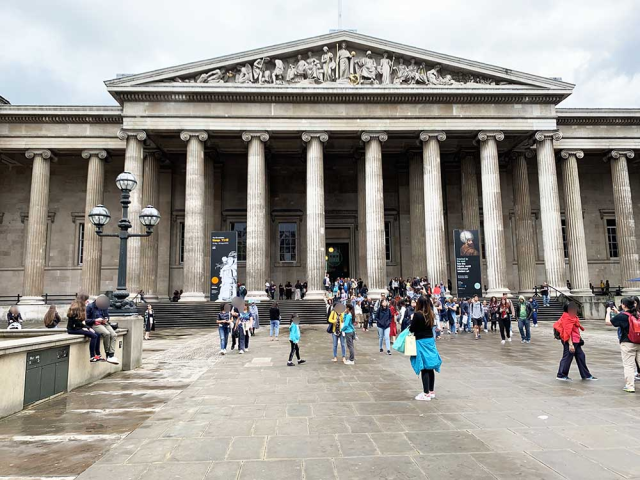
The London landmark gives manga the fine-art treatment.
London’s British Museum is one of the world’s premier cultural institutions, and a look at its schedule of upcoming events includes “Troy: myth and reality,” and “Inspired by the east: how the Islamic world influenced western art.” Before either of those open, though, there’s the British Museum’s current special exhibition, simply dubbed “Manga.”
More old-fashioned artistic and historical academics might argue that Japanese comic books are entirely too insubstantial a subject material for a world-class museum to devote such energy to, but that would be overlooking an important precedent. One of the first Japanese artforms to gain widespread appreciation in the west was ukiyo-e, woodblock prints. But though ukiyo-e are seen as fine art now, during their heyday in the 1700s and 1800s, in Japan they were primarily low-cost artwork for the common masses, showcasing everyday life or erotic fantasies.
So really, why shouldn’t manga, for which slice-of-life and titillating fan service are established genres unto themselves, be given a similarly scholarly look?
Our Japanese-language writer Seiji,a big manga fan himself, just so happened to be in London last week, and so he decided to see how the British Museum would handle its treatment of the topic, walking underneath the banner of Golden Kamuy’s hunter girl Asirpa and into the museum’s hallowed halls.
Not surprisingly, international mega-hits such as Dragon Ball, One Piece, Sailor Moon, and Naruto were accounted for, and Seiji felt a mix of nostalgia and pride as he saw that the stories he grew up with have left similarly strong impressions on people outside Japan.
But the exhibit seeks to examine manga from a broad perspective, and so it also highlights early pioneers, such as Testuwan Atom/Astro Boy creator Osamu Tezuka.
Tezuka made no secret of how he himself was influenced by Disney, and the exhibit even has some side-by-side comparisons of the two.
A separate area draws parallels between Katsuhiro Otomo, of Akira fame, and ukiyo-e artist Utagawa Kuniyoshi.
Important manga artists that many western fans may not be familiar with are also saluted, such as Daijiro Morohoshi, whose focus is on folklore and mythology.
Likewise, many modern manga readers may never have picked up a series by Moto Hagio, creator of Poe no Ichizoku and They Were Eleven, but she’s one of the most respected figures in the world of shojo manga/girls’ comics, and her works in the category were among the first to be professionally translated into English.
▼ Also part of the exhibition: Akiko Higashimura’s Princess Jellyfish and Snowflakes’ Tiger
The exhibition also groups manga into themes or story-telling devices, such as “Transformation” (where you’ll find Attack on Titan) or “Faith and belief” (Saint Oni-san, a.k.a. that manga where Jesus and Buddha are apartment roommates in Japan).
There’s also a section on “Love and desire,” which discusses manga’s long-held willingness to deal with various types of sexuality, and in sometimes explicit ways.
▼ One part of the exhibit is set up to look like a book store, and there’s also a photo of an actual Japanese bookseller from a bygone era.
The exhibit also touches on Studio Ghibli anime and cosplay, neither of which are manga per se, but still part of the overall otaku culture collection that most manga fans have at least some interest in.
Seiji was curious as to why Golden Kamuy’s Asirpa was chosen to be the face of the exhibition, seeing as how fervor for the series seems to have cooled off following its 2018 TV anime adaptation. The organizers told him that Aspira was selected because she’s immediately recognizable as a manga character, and also because as a strong young woman drawn in a shonen (boys’ comic) style, her design is likely to be visually appealing to all genders.
And finally, bringing us back to the manga/ukiyo-e comparison, the British Musuem is displaying what it calls a manga drawn by ukiyo-e master Hokusai, with some amazing lettering work that would make any modern comic artist jealous.
The British Museum’s Manga exhibition is going on until August 26, but if these photos have whetted your appetite for manga art, there’s plenty more to be found within the pages of the collected volumes of their respective series.
Related: British Museum Manga special exhibition website
Photos ©SoraNews24
● Want to hear about SoraNews24’s latest articles as soon as they’re published? Follow us on Facebook and Twitter!
[ Read in Japanese ]

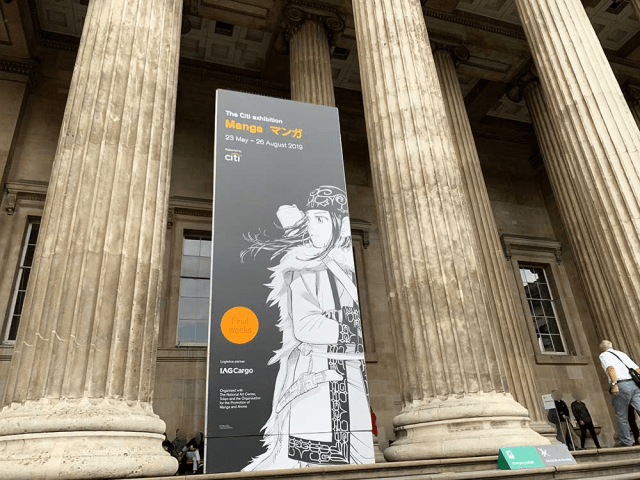
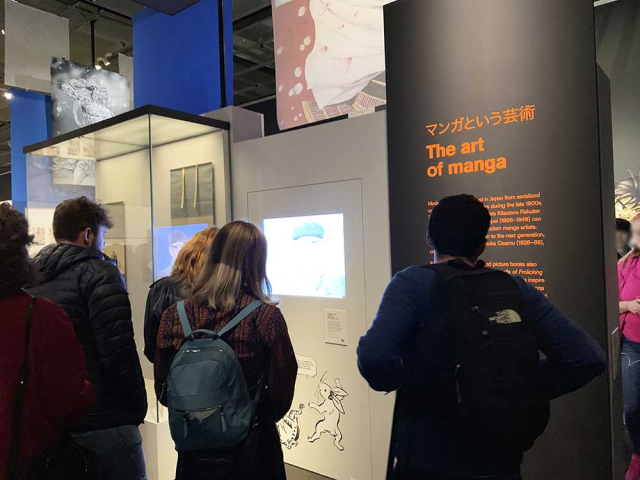
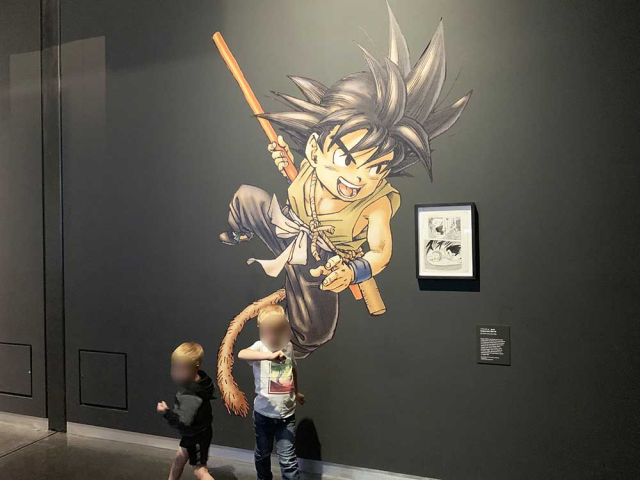
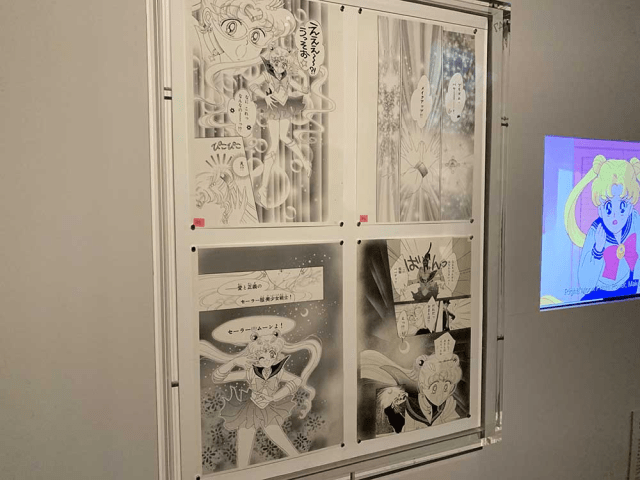
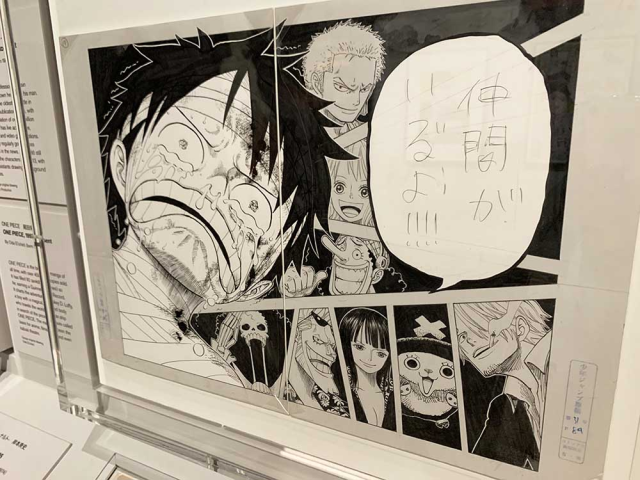
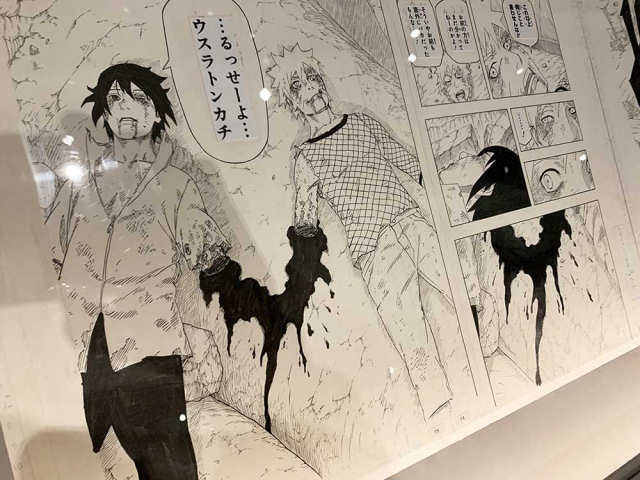
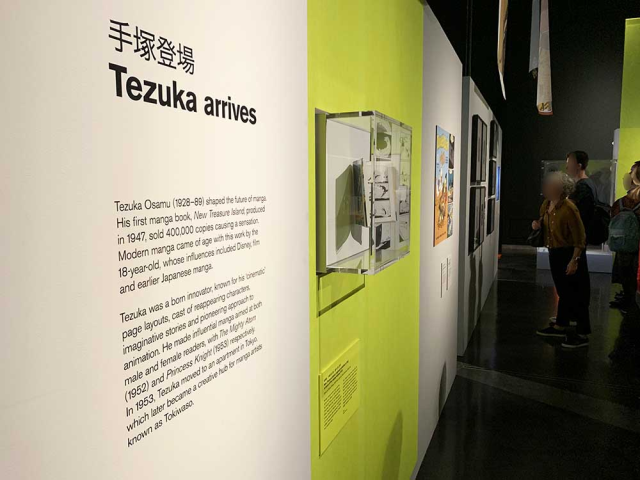
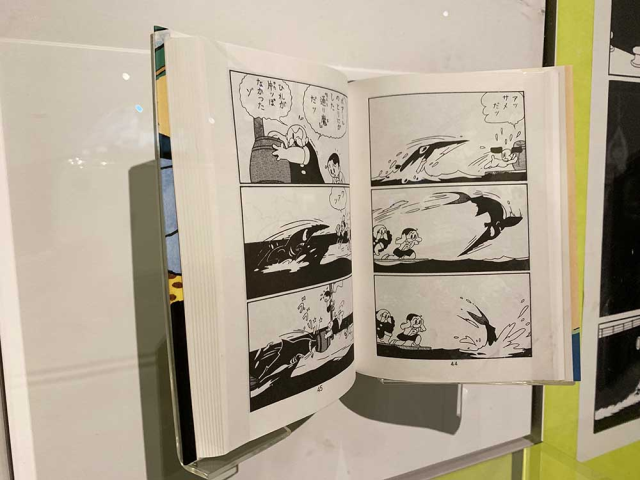
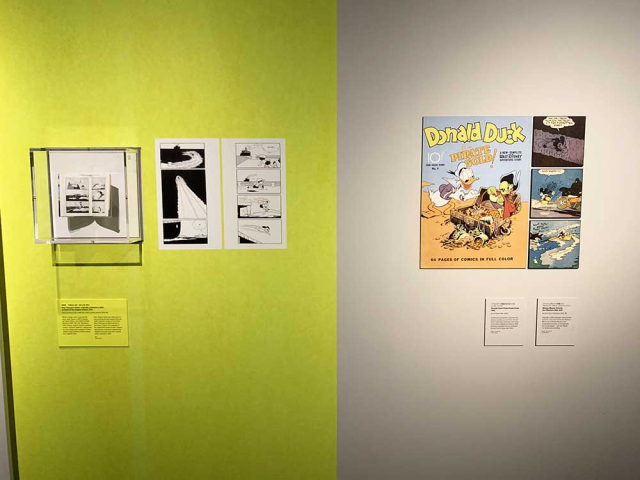
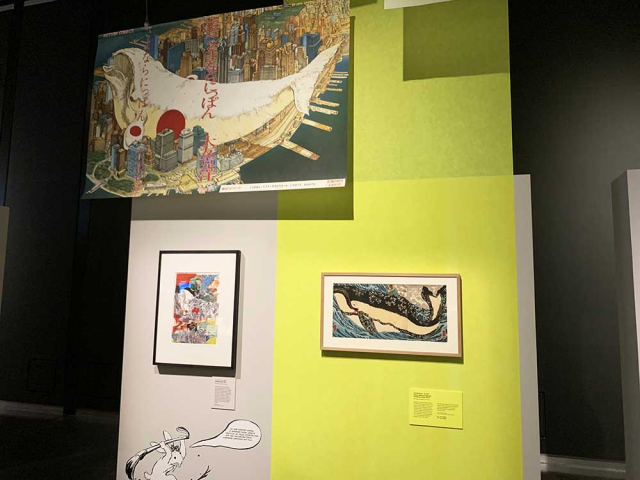

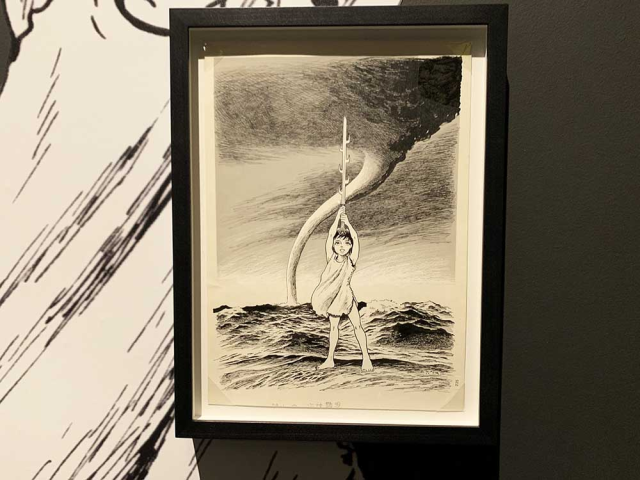
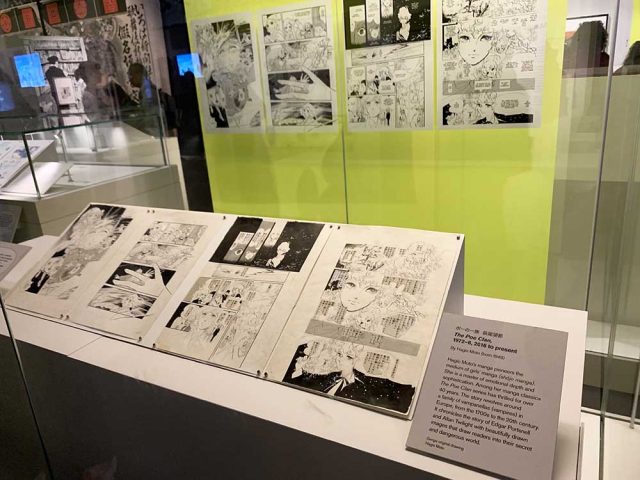
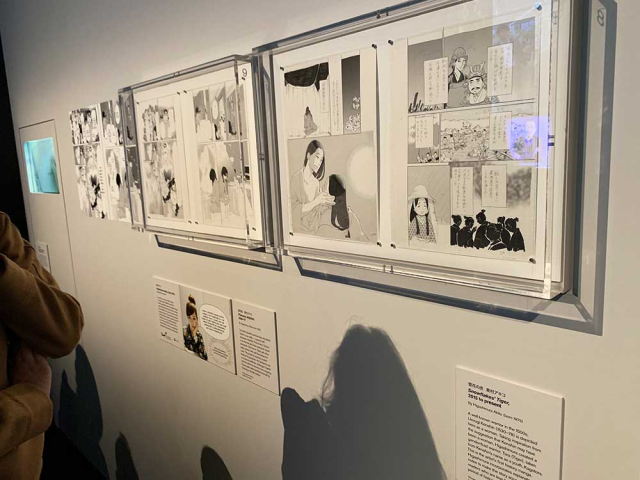
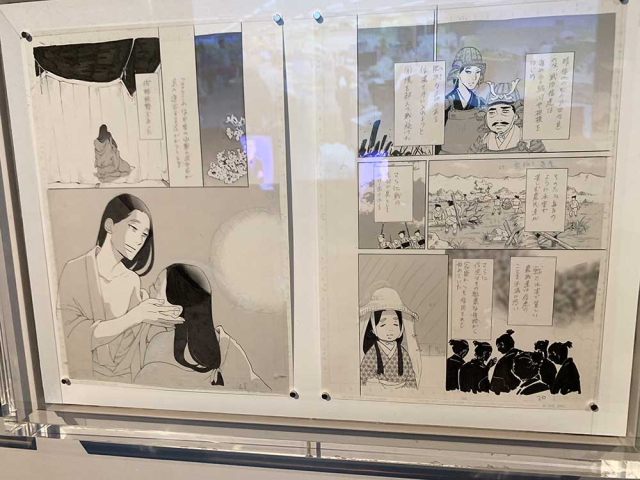
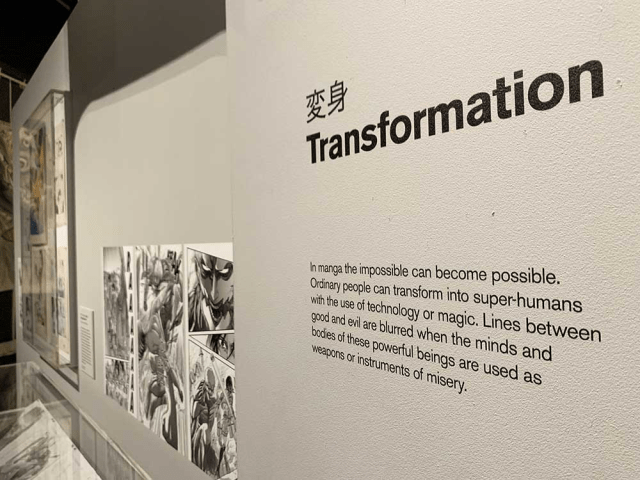
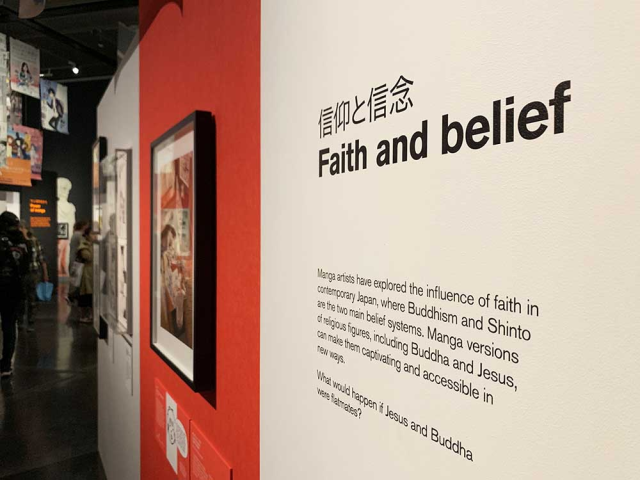
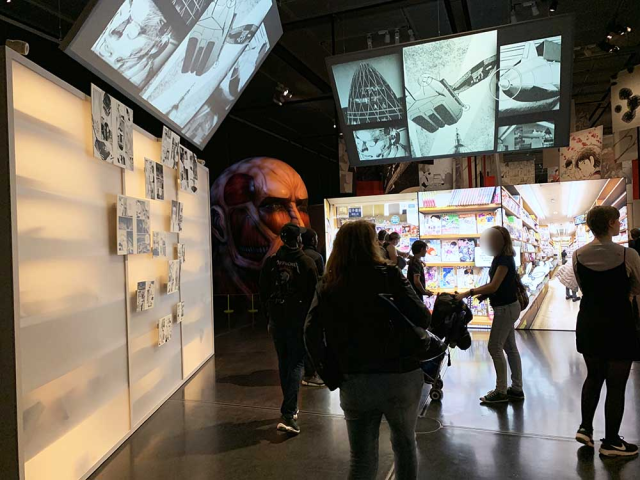
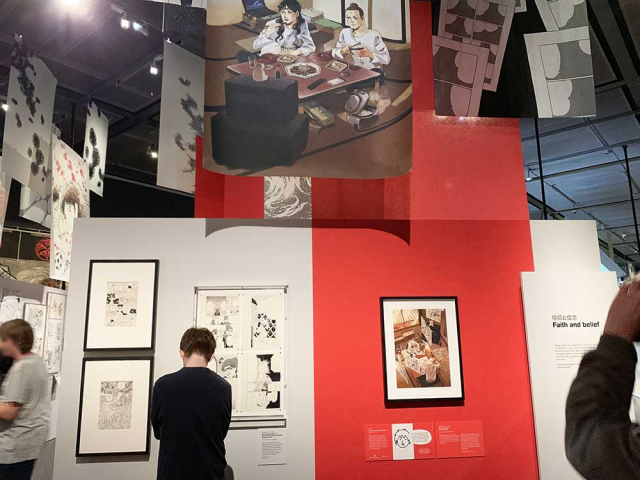
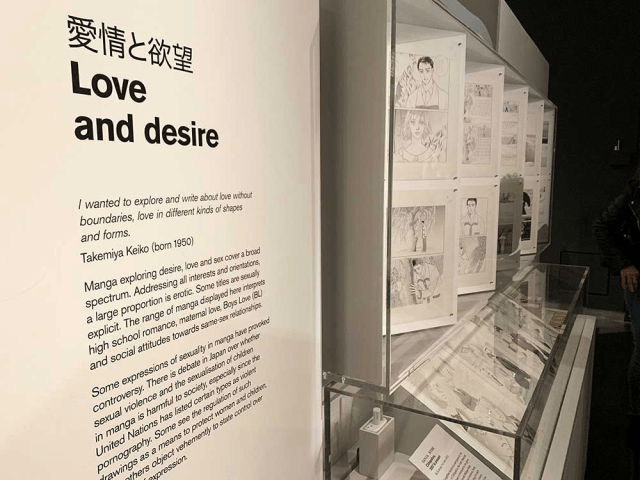
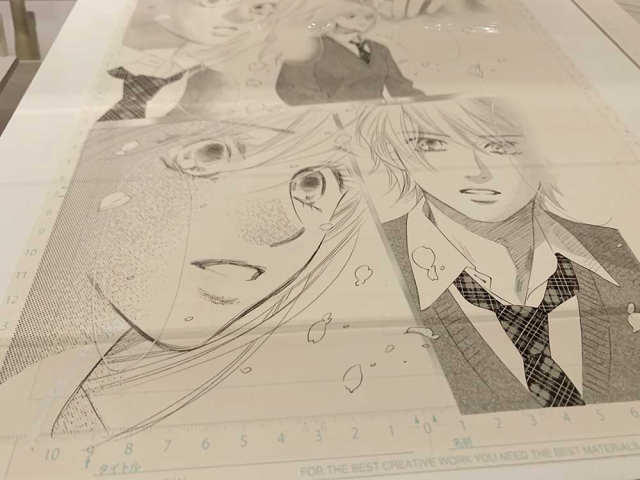
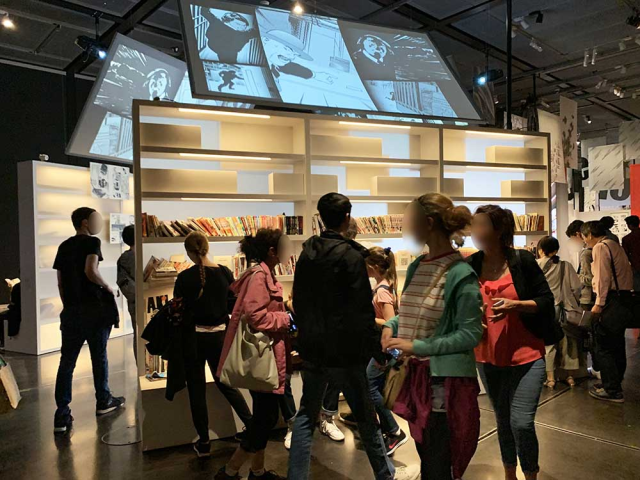
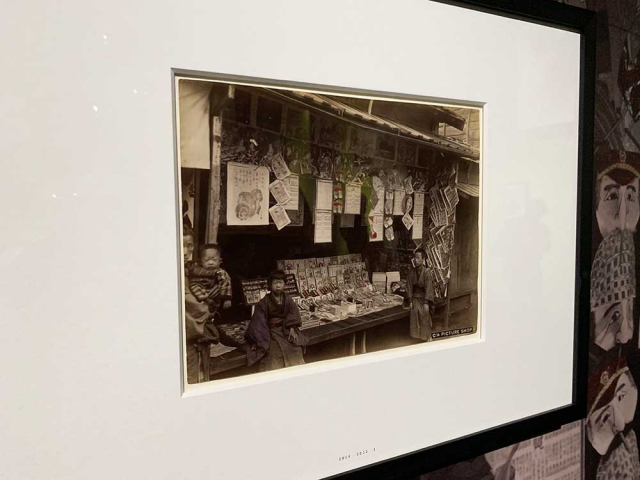
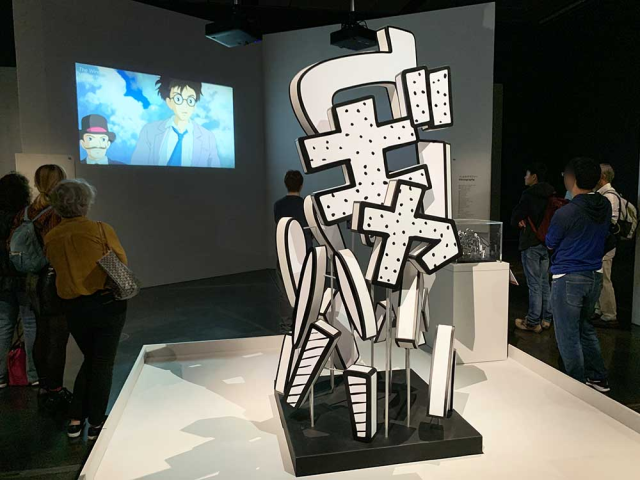
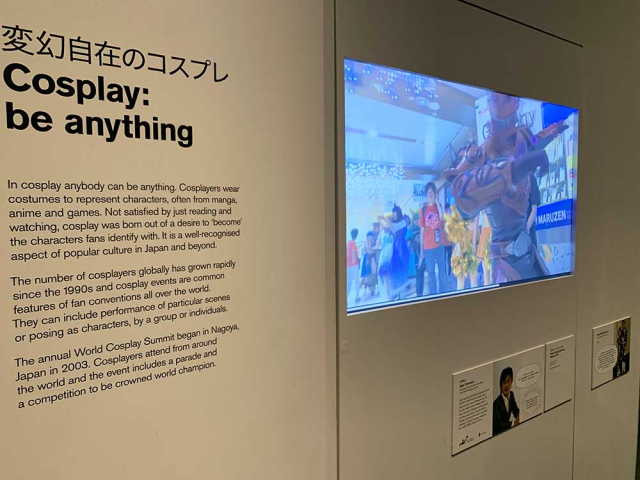
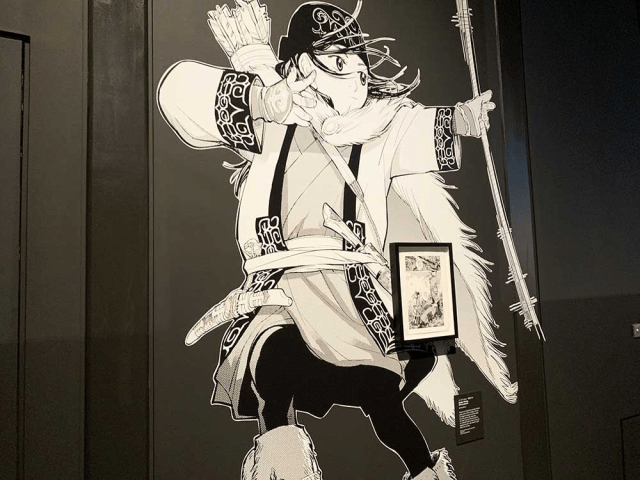

 Secretive Ghibli Museum starts video diary to give glimpse inside anime attraction【Videos】
Secretive Ghibli Museum starts video diary to give glimpse inside anime attraction【Videos】 Kobayashi Kiyochika expertly captures light and shadow in these gorgeous ukiyo-e prints 【Art】
Kobayashi Kiyochika expertly captures light and shadow in these gorgeous ukiyo-e prints 【Art】 Details of the Pokémon/Van Gogh art museum crossover are just as adorable as we’d hoped【Pics】
Details of the Pokémon/Van Gogh art museum crossover are just as adorable as we’d hoped【Pics】 Tokyo museum’s current exhibition offers a dose of retro style and romance from 100 years ago
Tokyo museum’s current exhibition offers a dose of retro style and romance from 100 years ago Hayao Miyazaki’s concept art and ideas for the Ghibli Museum to be revealed in new exhibit
Hayao Miyazaki’s concept art and ideas for the Ghibli Museum to be revealed in new exhibit McDonald’s Japan’s new pancake pie is a taste sensation
McDonald’s Japan’s new pancake pie is a taste sensation One of Japan’s oldest castles now lets travelers spend night on the grounds, drink in its keep
One of Japan’s oldest castles now lets travelers spend night on the grounds, drink in its keep Bad tourist manners at Mt Fuji Lawson photo spot prompts Japanese town to block view with screens
Bad tourist manners at Mt Fuji Lawson photo spot prompts Japanese town to block view with screens Foreigner’s request for help in Tokyo makes us sad for the state of society
Foreigner’s request for help in Tokyo makes us sad for the state of society Studio Ghibli unveils new goods that tip the hat to The Cat Returns
Studio Ghibli unveils new goods that tip the hat to The Cat Returns Who wins in a battle of McDonald’s and Komeda Coffee’s chicken tatsuta burgers?【Taste test】
Who wins in a battle of McDonald’s and Komeda Coffee’s chicken tatsuta burgers?【Taste test】 Studio Ghibli unveils massive T-shirt collection featuring top anime movie characters
Studio Ghibli unveils massive T-shirt collection featuring top anime movie characters Spring Mos Burger x SpongeBob lucky bags bring us fun under the sun【Photos】
Spring Mos Burger x SpongeBob lucky bags bring us fun under the sun【Photos】 W.T.F. Japan: The top five “sora” references of all time! 【Weird Top Five】
W.T.F. Japan: The top five “sora” references of all time! 【Weird Top Five】 Bear attacks car in Japan, breaks windshield with its paw【Video】
Bear attacks car in Japan, breaks windshield with its paw【Video】 Red light district sushi restaurant in Tokyo shows us just how wrong we were about it
Red light district sushi restaurant in Tokyo shows us just how wrong we were about it Japanese city loses residents’ personal data, which was on paper being transported on a windy day
Japanese city loses residents’ personal data, which was on paper being transported on a windy day McDonald’s new Happy Meals offer up cute and practical Sanrio lifestyle goods
McDonald’s new Happy Meals offer up cute and practical Sanrio lifestyle goods Japanese ramen restaurants under pressure from new yen banknotes
Japanese ramen restaurants under pressure from new yen banknotes Ghibli Park now selling “Grilled Frogs” from food cart in Valley of Witches
Ghibli Park now selling “Grilled Frogs” from food cart in Valley of Witches Two things to do, and two things not to do, when leaving a traditional Japanese inn
Two things to do, and two things not to do, when leaving a traditional Japanese inn New definition of “Japanese whiskey” goes into effect to prevent fakes from fooling overseas buyers
New definition of “Japanese whiskey” goes into effect to prevent fakes from fooling overseas buyers Our Japanese reporter visits Costco in the U.S., finds super American and very Japanese things
Our Japanese reporter visits Costco in the U.S., finds super American and very Japanese things All-you-can-drink Starbucks and amazing views part of Tokyo’s new 170 meter-high sky lounge
All-you-can-drink Starbucks and amazing views part of Tokyo’s new 170 meter-high sky lounge More foreign tourists than ever before in history visited Japan last month
More foreign tourists than ever before in history visited Japan last month New Pokémon cakes let you eat your way through Pikachu and all the Eevee evolutions
New Pokémon cakes let you eat your way through Pikachu and all the Eevee evolutions Disney princesses get official manga makeovers for Manga Princess Cafe opening in Tokyo
Disney princesses get official manga makeovers for Manga Princess Cafe opening in Tokyo French Fries Bread in Tokyo’s Shibuya becomes a hit on social media
French Fries Bread in Tokyo’s Shibuya becomes a hit on social media Sales of Japan’s most convenient train ticket/shopping payment cards suspended indefinitely
Sales of Japan’s most convenient train ticket/shopping payment cards suspended indefinitely Sold-out Studio Ghibli desktop humidifiers are back so Totoro can help you through the dry season
Sold-out Studio Ghibli desktop humidifiers are back so Totoro can help you through the dry season Japanese government to make first change to romanization spelling rules since the 1950s
Japanese government to make first change to romanization spelling rules since the 1950s Ghibli founders Toshio Suzuki and Hayao Miyazaki contribute to Japanese whisky Totoro label design
Ghibli founders Toshio Suzuki and Hayao Miyazaki contribute to Japanese whisky Totoro label design Doraemon found buried at sea as scene from 1993 anime becomes real life【Photos】
Doraemon found buried at sea as scene from 1993 anime becomes real life【Photos】 Tokyo’s most famous Starbucks is closed
Tokyo’s most famous Starbucks is closed One Piece characters’ nationalities revealed, but fans have mixed opinions
One Piece characters’ nationalities revealed, but fans have mixed opinions We asked a Uniqlo employee what four things we should buy and their suggestions didn’t disappoint
We asked a Uniqlo employee what four things we should buy and their suggestions didn’t disappoint Two Tokyo train stations getting Harry Potter-style makeovers
Two Tokyo train stations getting Harry Potter-style makeovers Second time the charm? Rumiko Takahashi nominated for Will Eisner Comic Awards Hall of Fame!
Second time the charm? Rumiko Takahashi nominated for Will Eisner Comic Awards Hall of Fame! Japan’s Ghibli Museum announces there will be a new Catbus for adults to ride in this summer
Japan’s Ghibli Museum announces there will be a new Catbus for adults to ride in this summer The new Simose Art Museum in Hiroshima houses a floating, futuristic surprise next to the sea
The new Simose Art Museum in Hiroshima houses a floating, futuristic surprise next to the sea Tickets on sale for exhibit of every book Ghibli producer has ever read, boyhood room recreation
Tickets on sale for exhibit of every book Ghibli producer has ever read, boyhood room recreation Aichi Prefectural Museum of Art forced to cover up “obscene” photos following complaint
Aichi Prefectural Museum of Art forced to cover up “obscene” photos following complaint Exhibition on the 1,500 year-history of traditional Japanese women’s clothing to open in Shibuya
Exhibition on the 1,500 year-history of traditional Japanese women’s clothing to open in Shibuya Naruto art exhibition coming to Tokyo and Osaka with free, new manga for all attendees
Naruto art exhibition coming to Tokyo and Osaka with free, new manga for all attendees Tokyo’s Cardcaptor Sakura exhibition has giant Kero-chan, free cosplay, and English signage
Tokyo’s Cardcaptor Sakura exhibition has giant Kero-chan, free cosplay, and English signage Finally! First-ever Pokémon manhole covers installed in downtown Tokyo
Finally! First-ever Pokémon manhole covers installed in downtown Tokyo Nightmare food – Artist creates shockingly colorful portraits out of junk food
Nightmare food – Artist creates shockingly colorful portraits out of junk food For grown-ups only! Ghibli Museum’s Straw Hat Cafe is offering “Valley of the Wind” beer
For grown-ups only! Ghibli Museum’s Straw Hat Cafe is offering “Valley of the Wind” beer Come touch our poo animals, Tokyo museum invites
Come touch our poo animals, Tokyo museum invites New Ghibli art exhibit lets you step into the studio’s anime posters. Sea of Corruption【Photos】
New Ghibli art exhibit lets you step into the studio’s anime posters. Sea of Corruption【Photos】 The top 20 places to visit in Tokyo, as chosen by travelers
The top 20 places to visit in Tokyo, as chosen by travelers
Leave a Reply